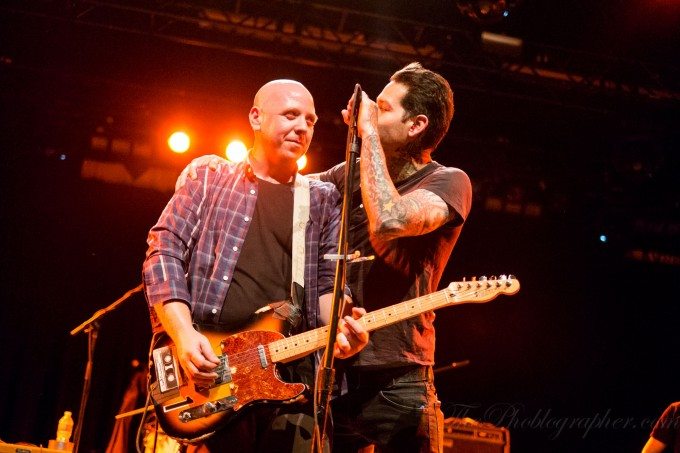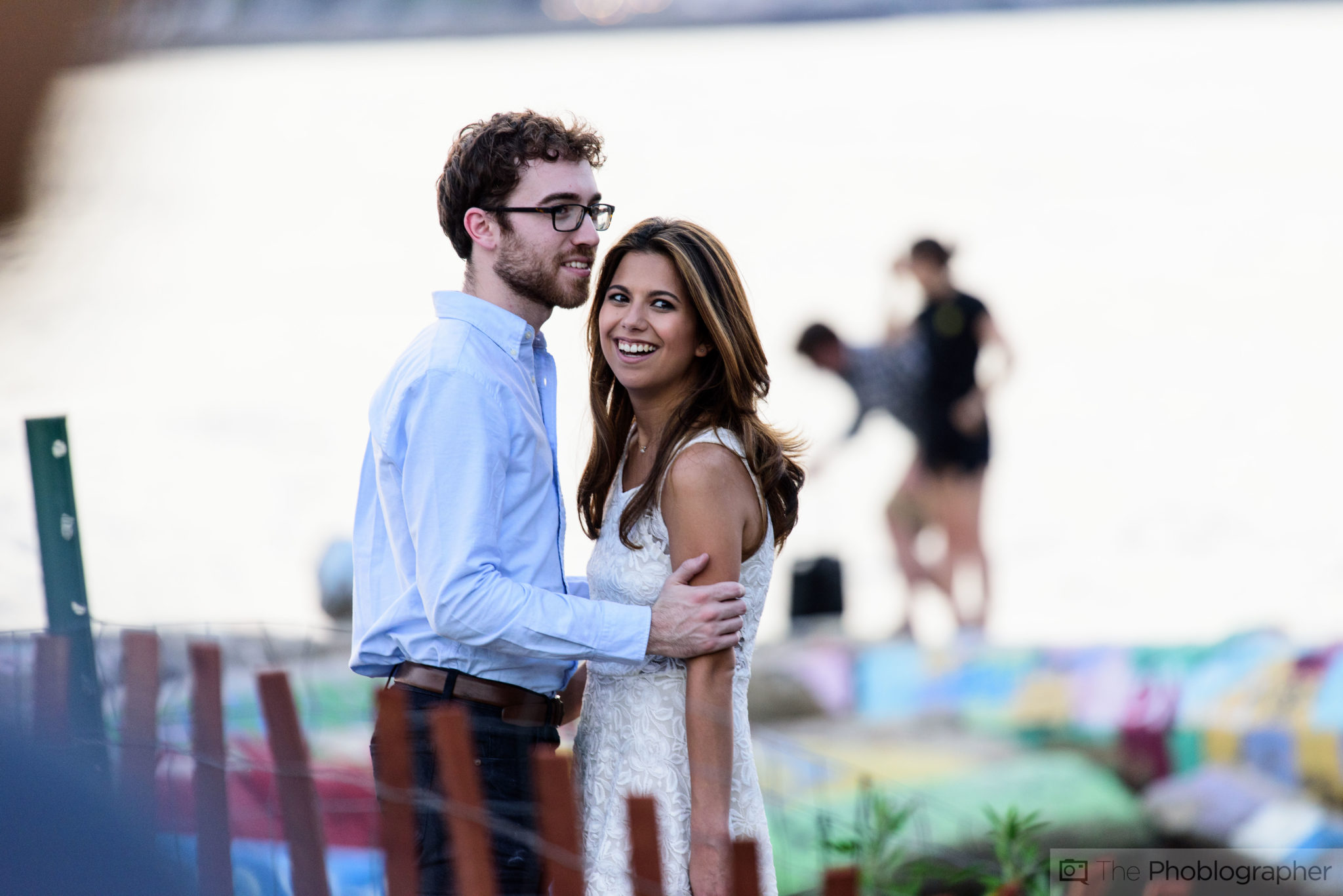While the technical side of the photography world will sit there thinking about and citing 100% sharpness, dynamic range, high ISO results, etc. you have to remember that all of this simply gets in the way of you actually creating a good photograph. The honest truth is that it is simultaneously 100% possible to create a God-awful image with high megapixels and a sharp lens or a jaw droppingly gorgeous photo with a crappy plastic lens and a tiny sensor. In fact, it’s done everyday–there are loads of people out there with super expensive gear that believe it will help them take good photos and that they can be the next Ansel Adams.
In some ways, the best thing to do is to forget about the technical side or master it so well that you don’t even necessarily think about it.
Here’s what gives an image impact.
Content

You may have heard the phrase “Content is King” before. It’s true not only in photography but in cinema. For example, while the new Lytro Cinema camera is wow’ing everyone; no one has yet created incredible content with it that will truly revolutionize storytelling. But in the meantime, everyone loved the move Deadpool despite it not being so beautifully shot overall. It just makes sense.
Then you consider the images of Cartier Bresson who arguably created art and impact in his images. The reason for this has to do with the content.
When someone first views an image, what they’re prioritizing is exactly what they’re looking at to begin with. The photos that typically make someone want to stare at is vs simply just moving onto the next photo has to do with emotional attachment or incitement. To that end, a photo has to do something for the person.

Is someone hungry? A picture of some delicious food will make them hungrier and probably even make them come to your restaurant. When you think about it, it surely explains some of the largest accounts on Instagram. People have a need for news, so they follow the NYTimes. They also like looking at cute puppies, so they follow an account that gives them exactly what they want.
This is why your content is so important. And to be fair, the content of an image isn’t necessarily created in the camera; it’s fine tuned and adjusted in post-production. It’s why black and white images can have such an impact and why some photographers don’t care that it’s “easy” or “a crutch.” The reason for this something has to do with color and how color can be a distraction in a scene.
Purpose and Intent
Beyond what the image looks like, it also depends on the image’s purpose. If the image is part of a series, then you’ll need to determine whether an image is strong enough to stand on its own or with those others that are supposed to be in the series.
If you’ve got an image of a beautiful flower, then all that the image is is that of, well, a flower. If that’s your intent, then fine. But your intent and vision may not necessarily be as impactful with someone else.
When you take images, you need to figure out their purpose and stick with that.
Here’s another real world example: you’re at a wedding; and you’re taking pictures of mostly just one person. As someone else goes through these images, then they try to figure out what’s so important about them. But they also tend to want to see more images from all around the venue such as those great moments of the bride and groom, emotional moments on the faces of the parents, etc.
Each image that you create needs to have purpose if what you’re doing is trying to impress others, garner clients or submit to a gallery or publication. Otherwise, you’re not necessarily giving a third party with no emotional attachment to you any reason to care at all.
Composition

Composing an image is another big part here because it can have a direct impact on the other parts of this list. The human eye naturally moves around images in a certain way, but it also can focus in on very big things with the right techniques. For example, a portrait of someone with the person centered can have more of an impact based on what else is in the frame.

And that’s why composition ties in so well with the elements.
Elements in the Frame
For a minute, think about what’s in the frame of your image. Consider now what’s important to the overall image and what’s superfluous. If something isn’t a necessary part of the image, when it can be generally cropped out based on how it was initially composed. If that doesn’t work, then what you need to do is is figure out how these elements are working together.
This was demonstrated a bit in the previous section; but it can get far more complicated. So let’s simplify it: it someone wants to have you take a photo of them and emphasize then, then you’re not going to necessarily shoot a whole giant area because then they’ll be just a tiny person in this whole big frame. In that case, the intent is to show off this person in this otherwise vast scene–which can be the intent with environmental portraits.
Simple Recognition
Lastly is a part that I really kind of dread talking about; it doesn’t necessarily have to do with sharpness though it can–it’s all about making sure that your viewer can look at an image and be able to tell what it is. Part of this may have to do with sharpness, another with camera shake, another with exposures, etc. But at the same time, it needs to be good enough where someone can make out the content and figure out your intent, the composition, notice all the elements, etc.
These are really the most important parts of an image overall; but sharpness is still a bourgeois concept in some ways.




